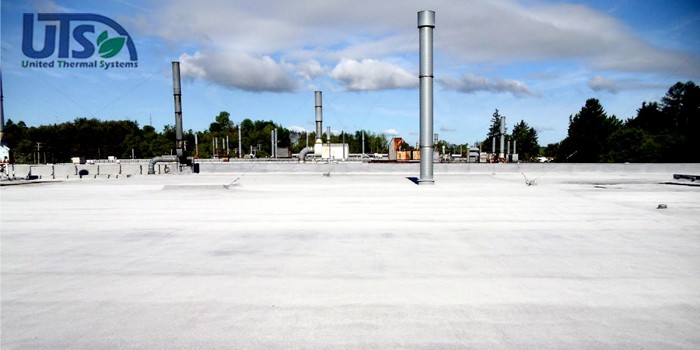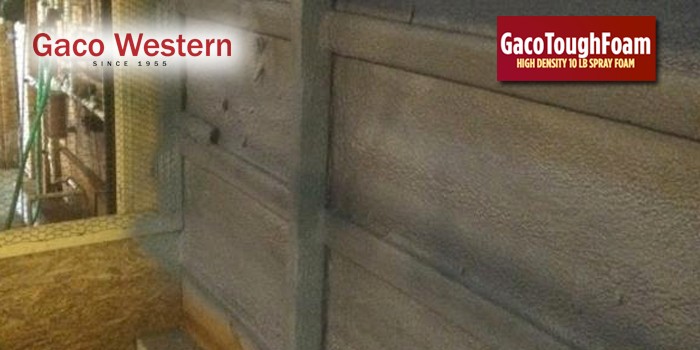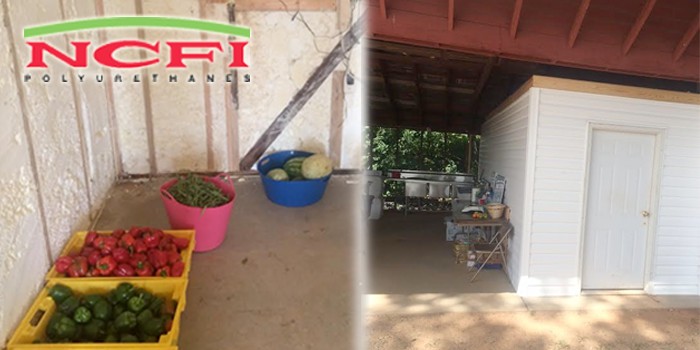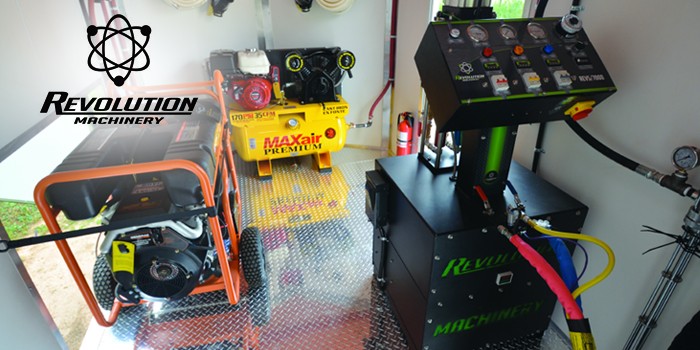Closed-Cell Polyurethane Flotation Foam Application Restores Aged Barge
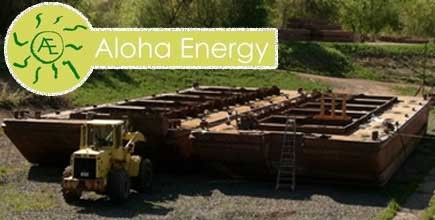
WATERFORD, NY – August 7, 2013 – Dredging barges in the New York State Canal System, which spans 525 miles through the Erie, Oswego, Cayuga-Seneca, and Champlain Canals, serve an important function. They are used to maintain the infrastructure along the way, carrying a crane that dredges the coal silt and other wastes from locks and dams so they can operate with full functionality. Because of salt water exposure and aging, the submerged parts of the hull can become compromised with penetrations, which can lead to water infiltrations inside its flotation chambers. Over time, the damage can't even be welded, so the barge loses buoyancy. When representatives working for the State of New York realized that some of their barges that had been operating down the canals for over 40 years were reaching the end of their serviceable life, they were faced with three choices: getting brand new barges, replacing the damaged barges with used barges, or fixing the ones they already had. They decided that the most cost-effective and permanent solution was to patch their barges with a form of spray polyurethane foam labeled as "flotation foam".
The state representatives got in touch with Aloha Energy, a high content bio-renewable based foam manufacturer based in Saratoga Springs/Schenectady, New York, to see if they could provide a foam application on a 6-barge project over 3 years. Aloha Energy was one of approximately 10 bidders on the project and they won the job based on price and product. Aloha Energy signed on for the project and brought in two affiliated contractors for the first barge job, which consisted of filling the 10 flotation chambers inside the 110 long by 28 feet wide barge with foam. The intention of the foam application was to completely fill the compartments making any loss of buoyancy impossible, regardless of the condition of the barge below the waterline.
The crew applied AE 2.0 CGA, a 2 lb. closed-cell foam made by Aloha Energy during the application. Aloha's AE 2.0 CGA has been lab tested in accordance with the MIL-P-2129C specification constituting a flotation foam. According to Tom Eletto, co-owner of Aloha Energy, the foam has an expansion rate of approximately two minutes as opposed to as opposed to regular SPF, which rises in about five to ten seconds.
"It is applied with the same equipment that any SPF installer would use," said Eletto. "The main difference in application is that you spray onto the bottom of the chamber and slowly fill it, due to the slow expansion rate."
The flotation foam had the ASTM E-84 Flame Spread and Smoke Developed Fire Test done. The results of 20 on Flame Spread and 190 on smoke give it a solid Class A rating.
Crewmembers climbed down and went through the access hatches that lead into the nearly eight-foot-high flotation chambers. Since the crew were enclosed in these compartments, there was no risk of overspray. They wore jumpsuits and fresh air respirators during the project. For all 10 compartments inside the barge, approximately 13,000 cubic feet of AE 2.0 CGA flotation foam was installed, utilizing a total of 50 sets of foam throughout the project.

Eletto pointed out that the biggest hardship that the crew sustained during the project was the blistering heat exposure. He said that in the middle of the day, temperatures outside would rise to 90ºF. With the sun beating down on the metal deck of the barge, temperatures would reach 165ºF on the barge's surface. This intense summer heat would radiate into the compartments and burden the foam applicators with temperatures of almost 130ºF throughout the project. With PPE jumpsuits on top of it all, it got hot for the applicators. According to Eletto, the heat slowed the project down.
"You couldn't spend a lot of time in that kind of environment," said Eletto.
The contractors had two rigs on site that were assembled by Aloha Energy: one was equipped with a Graco Reactor E-20 proportioner and a Graco Fusion air-purge spray gun; the other rig was equipped with a Polyurethane Machinery Corp. (PMC) PA-25 proportioner and a PMC AP-2 spray gun.
It took the crew six weeks to complete the foam project on the first barge. Eletto said that if it wasn't for the heat factor, the crew would have completed the job in half the time. In fact, the contractors are in the process of completing the foam application on the second barge, which Eletto confirms, will take under three weeks to complete and will be ready by mid-August.
The first dredging barge is now back in service, much to the delight of Eletto's client. He said that massive flooding struck the New York canal system in late July and blew out one of the dams and some locks around Utica, so the area was in dire need of the barge's services.
"They needed it back out there so the damage to the dam could be repaired," said Eletto.
Eletto himself was pleased that the flotation foam application was successful in restoring the barge, which would've otherwise been scrapped.
"They're going to get 40 more years of useful service out of it," said Eletto. "Our flotation foam provided the state of New York with an affordable way to get their barges back out there without needing to replace them, which would've proved significantly more costly."
About Aloha Energy: Based in Saratoga Springs, New York, Aloha Energy has been producing highly-renewable polyurethane foam since 2009. The company is focused on bringing customers a natural, environmentally friendly alternative to traditional foams. Aloha also distributes foam application equipment, builds rigs and provides service as well. For more information, please use the contact details and links provided below.
Disqus website name not provided.




